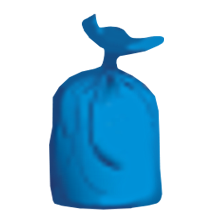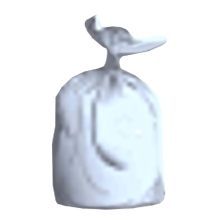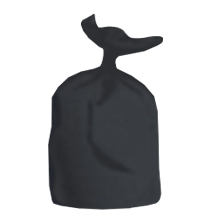Friday 14 April 2023
Agriculture, Countryside and Land Management Services has provided two years' worth of photographs of seabirds as part of an international initiative called Seabirdwatch.
Two years ago, a wildlife camera was set up to capture time-lapse photos at Lihoumel, the island to the west of Lihou, to observe a colony of shags. These images are now on Seabirdwatch Zooniverse platform (seabirdwatch.org), a citizen science website where members of the public can view seabirds from around the world to identify different birds, chicks and eggs, helping us to understand breeding success, timing and causes of mortality.
Seabirdwatch is a project led by Oxford University, University College Cork and Oxford Brookes University with research partners from across the North Atlantic, including the UK, Ireland, Svalbard, Greenland, Iceland and the Faroe Islands. Images are collated from these and other locations to better understand seabirds, which provide an indication of the health of the wider marine ecosystem.
Lihou Island is a designated Ramsar Site, which means it is of international importance. It was designated in part due to the colony of shags that live there. Guernsey and Herm together support more than 1% of the national population of European shags.
Seabird populations are the most threatened group of birds globally. Whilst feeding at sea they are vulnerable to increasingly frequent storms, pollution and pressure on their food sources. Their nest sites on land can be impacted by invasive predators, habitat destruction and human disturbance.
Emily Coule, Natural Environment Officer, said:
"It's fantastic to see the images being published as part of this international programme. Using cameras is a clever and cost-effective way of improving our understanding of seabirds whilst avoiding causing disturbance to wildlife. These photos can help researchers in several areas, and also allows the public to view otherwise unseen parts of our environment."













